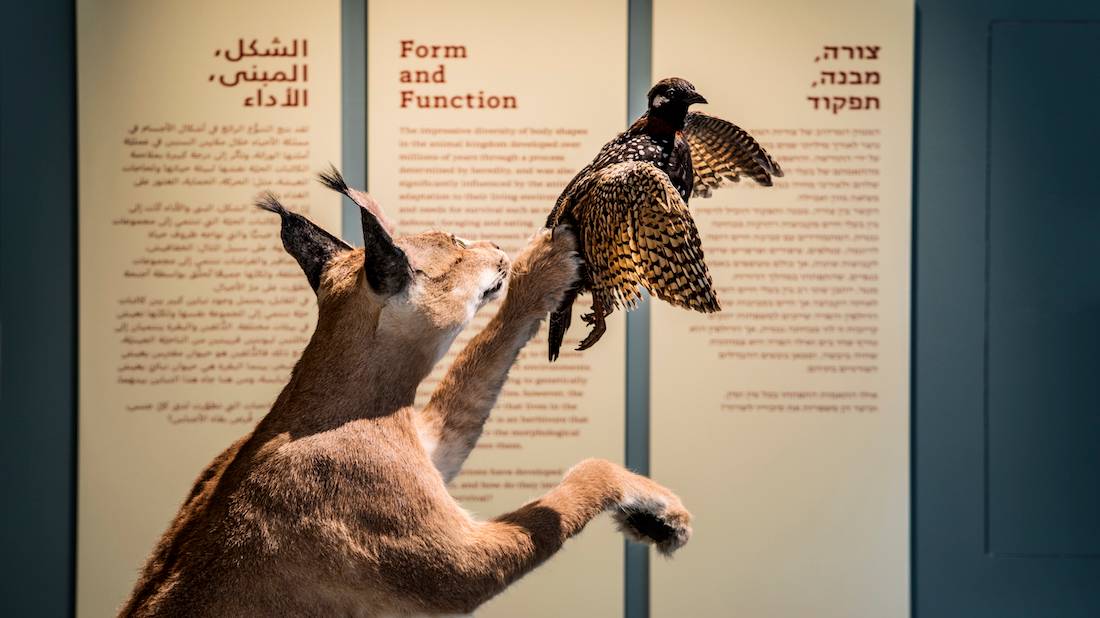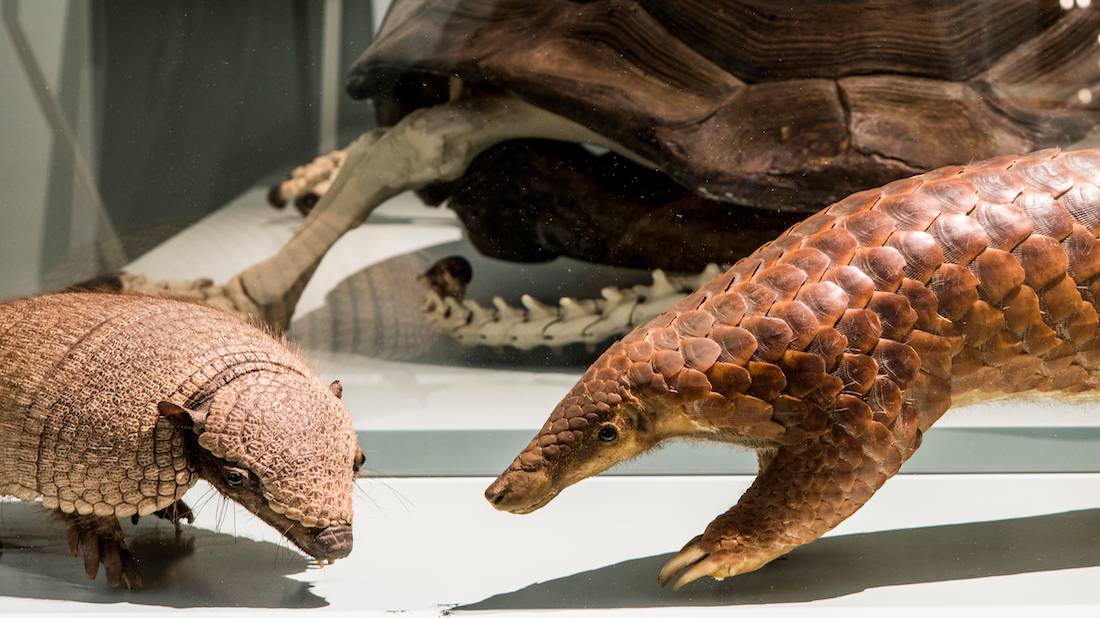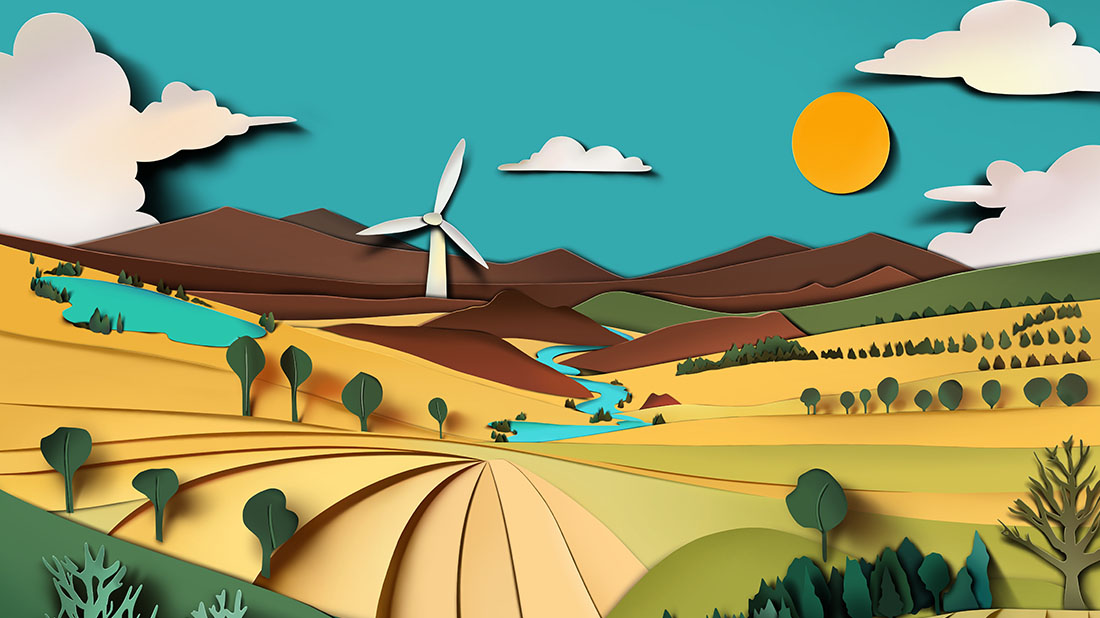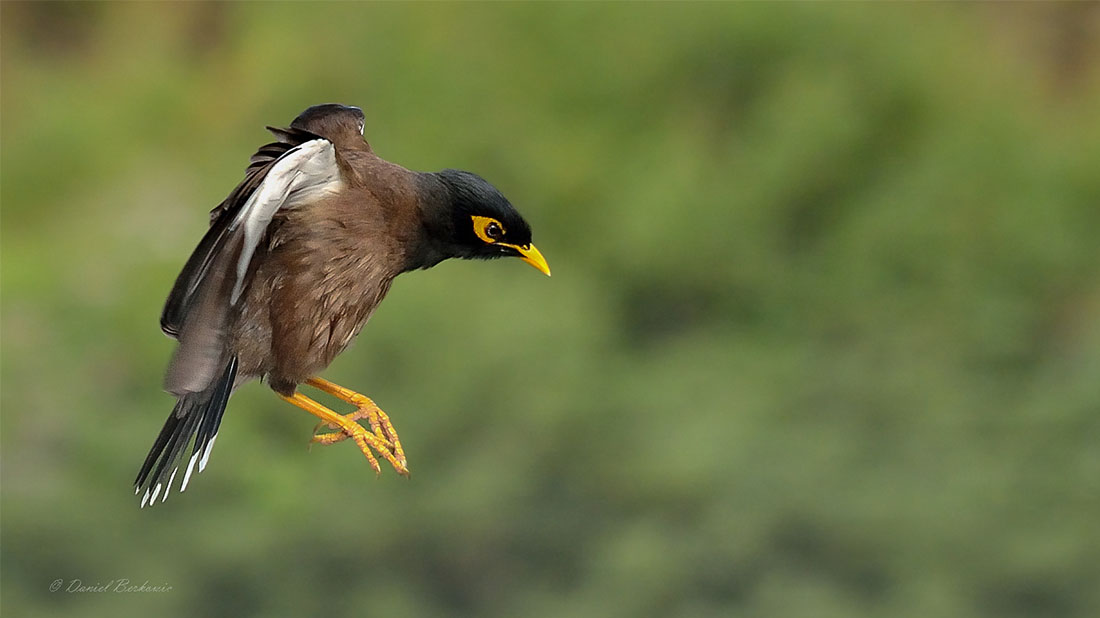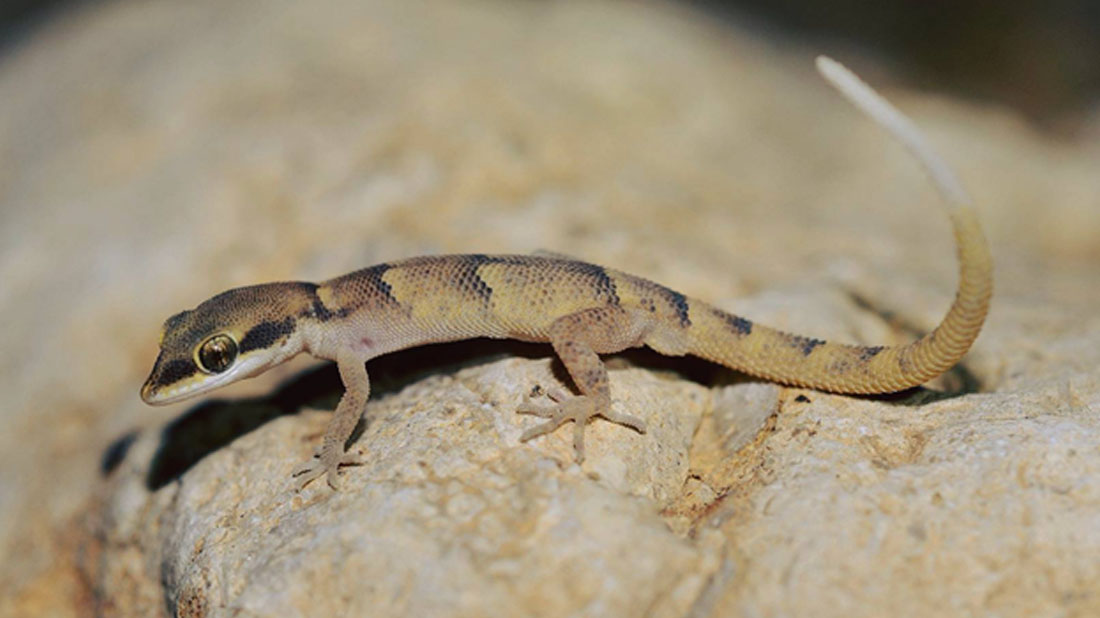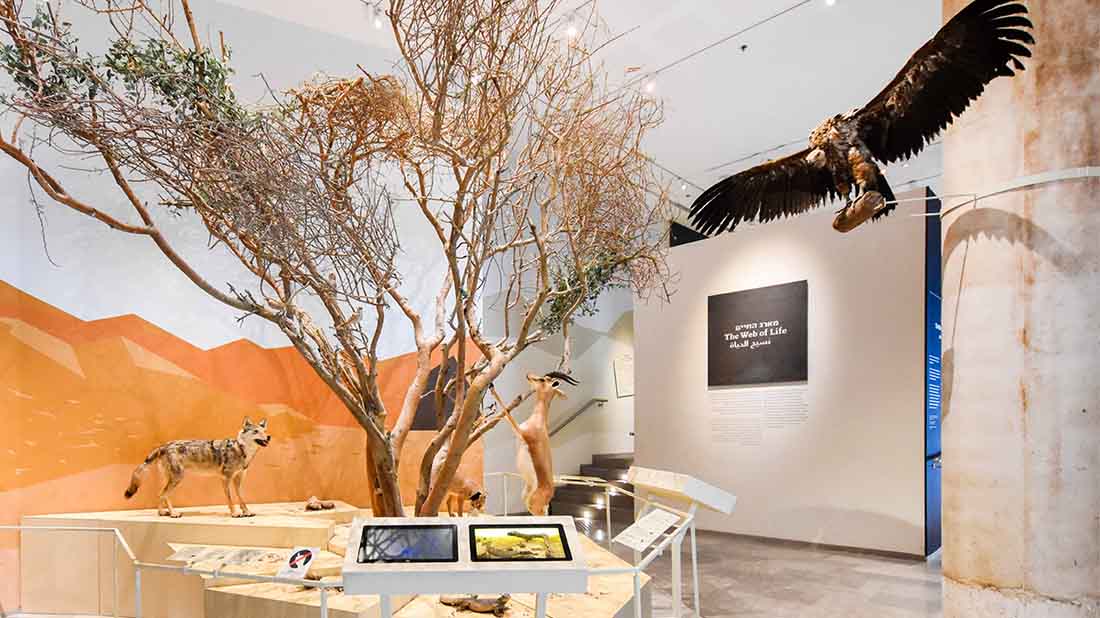Animals are adapted to their living environment. The spectacular diversity of body forms in the animal kingdom evolved over millions of years through a process dictated by heredity, and was also significantly influenced by the adaptation of animals to their living environment and survival needs, such as movement, defense, foraging for food, eating, and finding a mate.
The relationship between form, structure and function led to resemblance between animals from genetically distant groups that cope with a similar living environment. For example, bats, birds and butterflies belong to different groups, but they all fly using wings that developed over the generations.
The movement section of the exhibition demonstrates the visual resemblance between animals that move in the same way. In contrast, in similar organs there has been a change of form to allow every animal to function in the most efficient way for itself. In the exhibition you can see the marked differences in the skull structure of mammals and birds, according to the type of food they eat.
The exhibition presents ways of examining the morphology of an animal in order to learn about its way of life.






